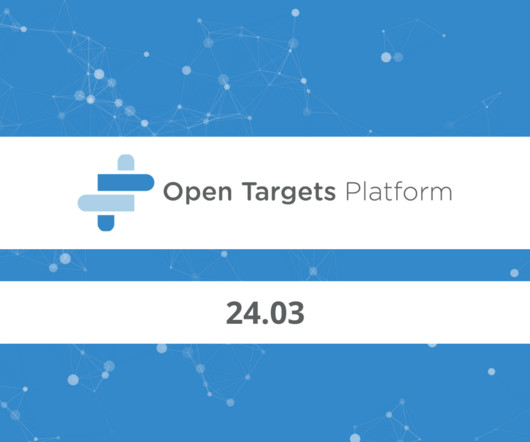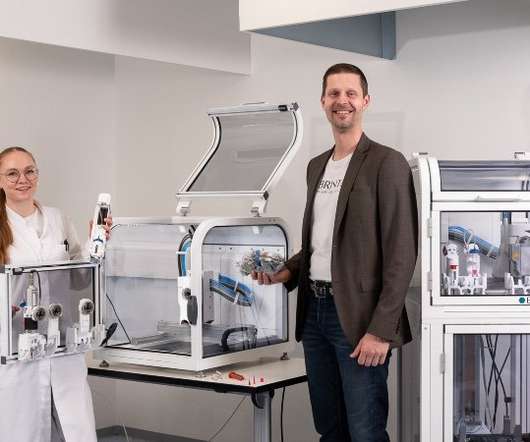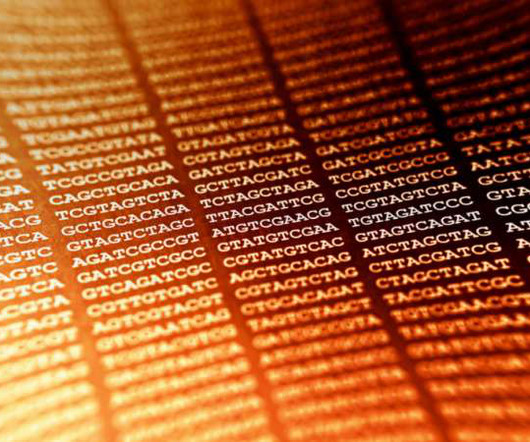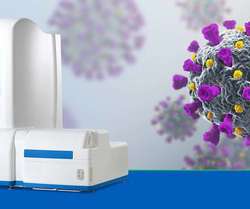Open Targets Platform 24.03 has been released!
The Open Targets Blog
MARCH 20, 2024
The team identified 370 priority drug targets for 27 cancer types in a truly data-driven approach, leveraging clinical-relevant transcriptional signatures, metabolic and proteomics data, protein-protein interaction networks and more. In addition, we now indicate whether a target is a direct target of the drug. DOI: 10.1016/j.ccell.2023.12.016






















Let's personalize your content